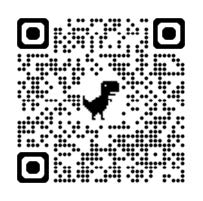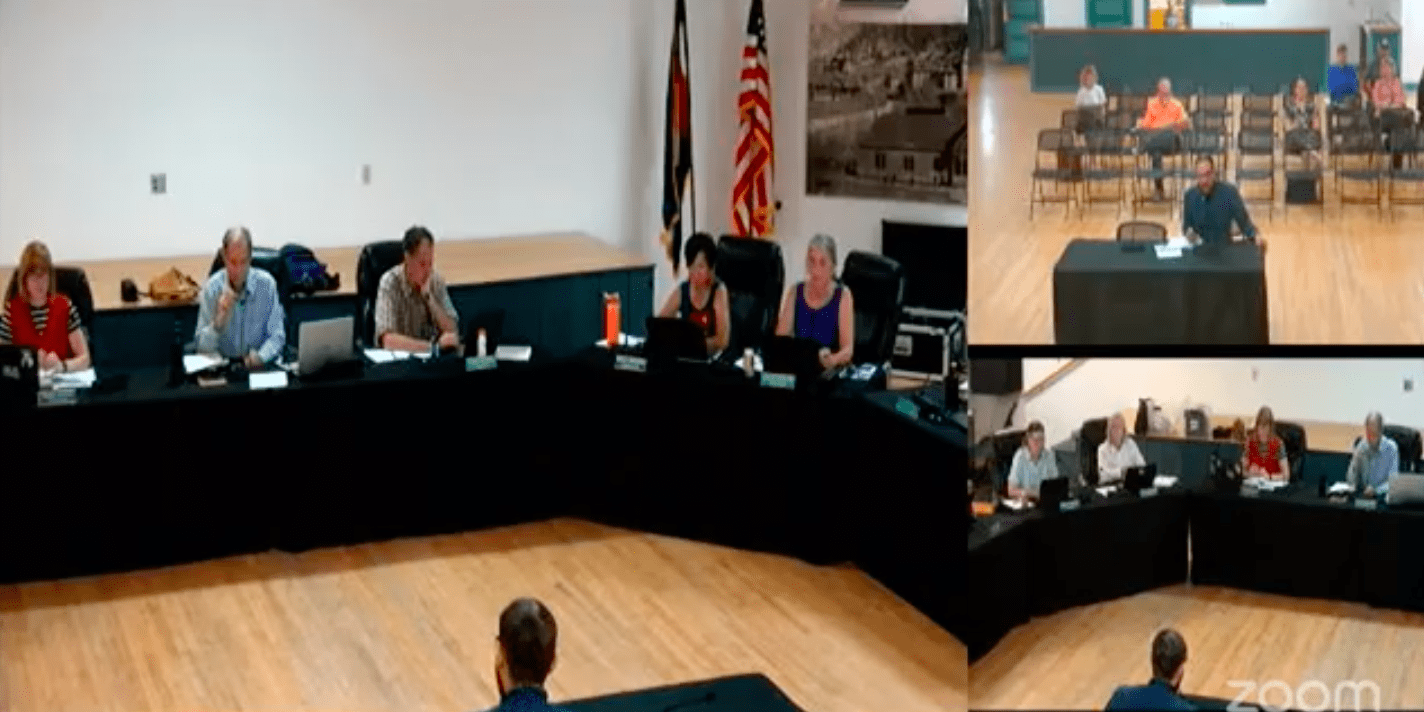Introducing a news Pikes Peak Bulletin column: Science, technology and us

Welcome to the inaugural column of "Science, technology and us," where I'll address science and technology issues that impact our lives today and in the future. My background is in physics and rocket science, but this column will tackle a broad range of scientific questions.
The world keeps throwing more and more complexity - and often conflict - at us, and it's not easy to stay informed or to get the background we need to really understand these issues. This leads a lot of people to just check out or embrace a version of reality that suits their personal ideals. That's a bad idea on either side of the political spectrum; there are potentially dangerous or even catastrophic consequences if certain facts are ignored or misconstrued.
In this column, I seek to present information in an accurate, unbiased and easy-to-read way. Each column will follow certain guidelines:
Only collected and verified data will be put forth as fact and we will include a link to let you access the source of this information.
I will (try really hard to) call out my analysis or opinion explicitly as my own. One of the biggest problems in scientific discussions is the use of opinion stated as fact.
I'll note what has been independently verified and reproduced because that's a key element of establishing what information can be trusted and shows how to spot bad or incomplete science.
I'll discuss how these matters impact us.
I'll welcome reader input, questions and opinions. What questions do you want to see discussed? What are things you've heard, and want to understand or verify? Send your questions to me via the Bulletin's editor at Heila@PikesPeakBulletin.org with "science" in the subject line.
There are huge and important topics out there that I plan to address in this space in the days and weeks to come. Things like Artificial Intelligence for example are such huge topics that taking them on requires the 'eat an elephant one bite at a time' approach (or an elephant-sized eggplant or Tofelephant if you prefer) and will span several columns. For today, I've picked a relatively simple topic - though there are whole online communities dedicated to not believing this basic fact about our world. Share this with friends - and especially with young people - so they won't join the ranks of the Flat Earth Society.
Today's topic: Is the Earth round and what does it mean to us?
Facts: The curvature of the earth has been measured since Eratosthenes computed it in around 240 BCE. Since then, there have been thousands of observations of the Earth's curvature by both space and Earth-based systems.
Analysis: The roundness of the Earth is entirely consistent with Newton's Law of Gravitation and the observation of every heavenly body from the Sun to Jupiter to distant galaxies.
Counter-Facts: There are no images taken from space of a flat earth, of the 'edge' of the border or of the other side - no facts that counter the roundness of the earth exist.
Opinion: There are no 'shadowy forces suppressing the truth' about the shape of the Earth. Flat Earth is a disproven theory.
Fun Fact: You can prove the curvature for yourself! Go to the beach with binoculars and watch cruise ships sail into the distance, they will disappear from sight from the bottom up as the curve of the earth blocks your view. If the earth was flat, the ships would shrink in the distance but you'd see the entire ship the whole time.
How does this affect us? Weather prediction, satellite communications, the origins of hurricanes and tornadoes, the firing of artillery shells, the changing of the seasons, the cycles of day and night are all dependent on the rotation of our 'roundish' Earth.
Here's a nice video of Earth as seen from space to enjoy. Thanks for reading, and don't forget to send me your comments and science questions!
Steve Hartley is a Pikes Peak Bulletin board member.




